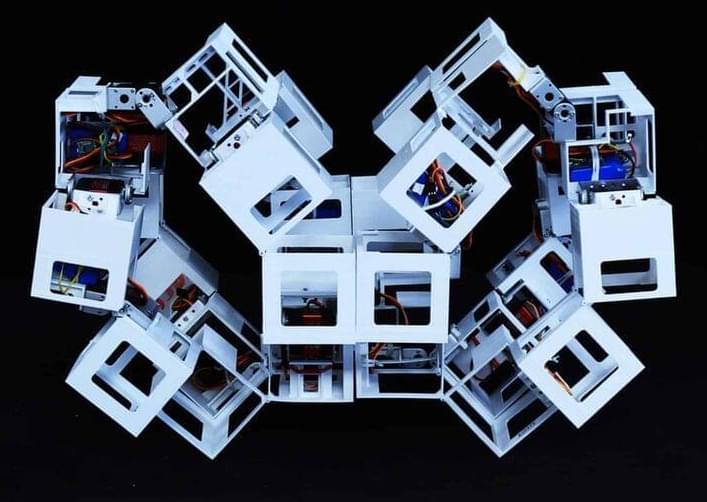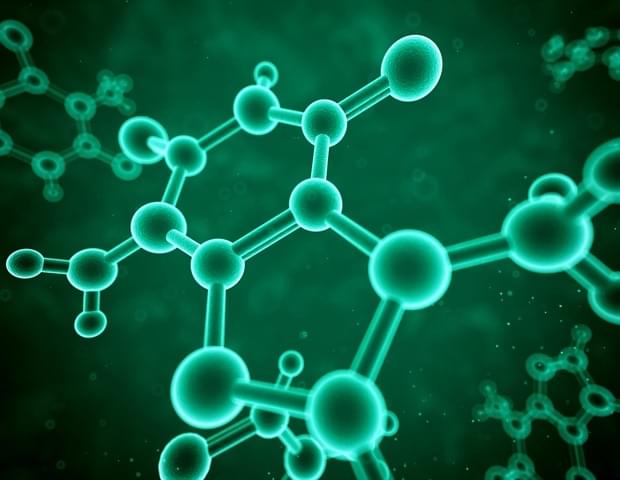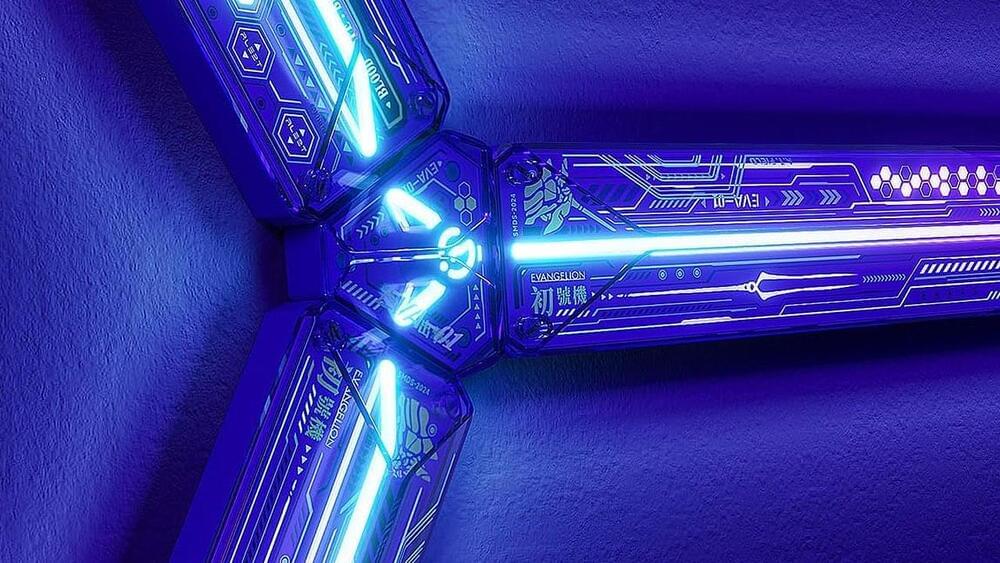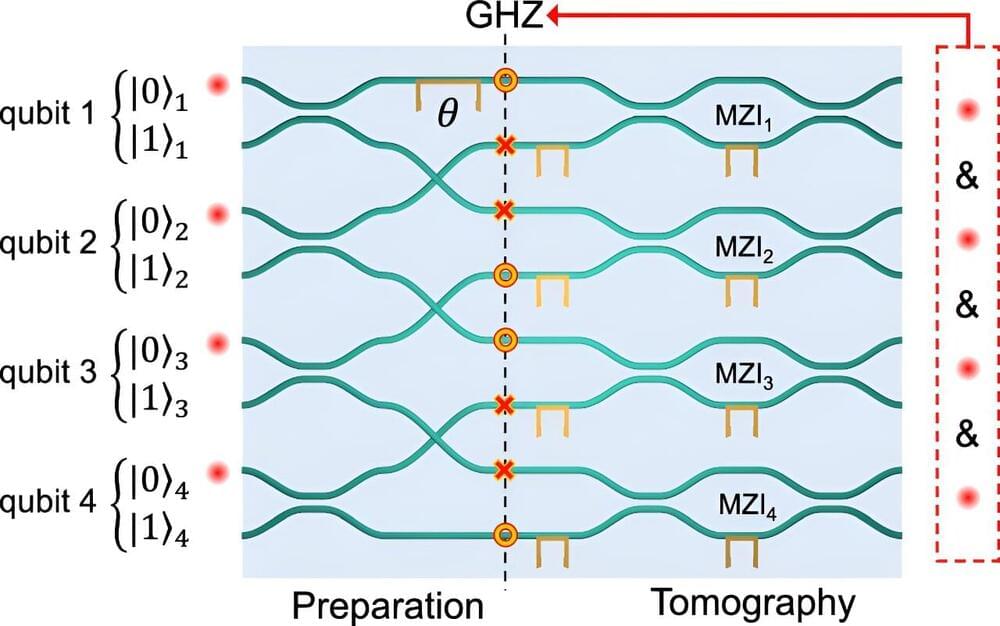Atomic-scale 2D magnets can be polarized to represent binary states — the 1s and 0s of computing data. These can lead to far more dense and energy-efficient components.


Get a Wonderful Person Tee: https://teespring.com/stores/whatdamathMore cool designs are on Amazon: https://amzn.to/3QFIrFXAlternatively, PayPal donations ca…


We’ve detected that JavaScript is disabled in this browser. Please enable JavaScript or switch to a supported browser to continue using x.com. You can see a list of supported browsers in our Help Center.
Terms of Service Privacy Policy Cookie Policy Imprint Ads info © 2024 X Corp.

In a new study, a molecule identified and synthesized by UCLA Health researchers was shown to restore cognitive functions in mice with symptoms of Alzheimer’s disease by effectively jumpstarting the brain’s memory circuitry.
If proven to have similar effects in humans, the candidate compound would be novel among Alzheimer’s disease treatments in its ability to revitalize memory and cognition, study authors said.
There is really nothing like this on the market or experimentally that has been shown to do this.

How can older trees help combat climate change? This is what a recent study published in Nature Climate Change hopes to address as an international team of researchers investigated changes in woody biomass in older trees that have been while exposed to free-air CO2 enrichment (FACE) resulting from climate change. This study holds the potential to help researchers, climate scientists, and the public better understand the steps that can be taken to decrease CO2 emissions and combat climate change worldwide.
For the study, the researchers, led by the University of Birmingham’s Institute of Forest Research (BIFoR), conducted a FACE experiment through a combination of canopy laser scanning and tree-ring analysis to examine the 180-year-old Quercus robur L. woodland in central England between 2021and 2022. The goal was ascertaining the effectiveness of older trees compared to younger trees regarding their consumption of CO2, also known as CO2 storage. In the end, the researchers found increased levels of CO2 compared to ambient conditions in 2021 and 2022, respectively, equivalent to 1.7 tons of dry matter per hectare per year.
“Our findings refute the notion that older, mature forests cannot respond to rising levels of atmospheric CO2, but how they respond will likely depend on the supply of nutrients from the soil,” said Dr. Richard Norby from the University of Birmingham, who is lead author of the study. “Evidence from BIFoR FACE of a significant increase in woody biomass production supports the role of mature, long-established, forests as natural climate solutions in the coming decades while society strives to reduce its dependency on carbon.”



According to a new study led by TU Darmstadt, AI models such as ChatGPT are apparently less capable of learning independently than previously assumed.
According to the study, there is no evidence that what are known as large language models (LLMs) are beginning to develop a general “intelligent” behavior that would enable them to proceed in a planned or intuitive manner or to think in a complex way.
The study, which has been published on the arXiv preprint server, will be presented in August at the annual conference of the Association for Computational Linguistics (ACL) in Bangkok, the largest international conference on automatic language processing.
